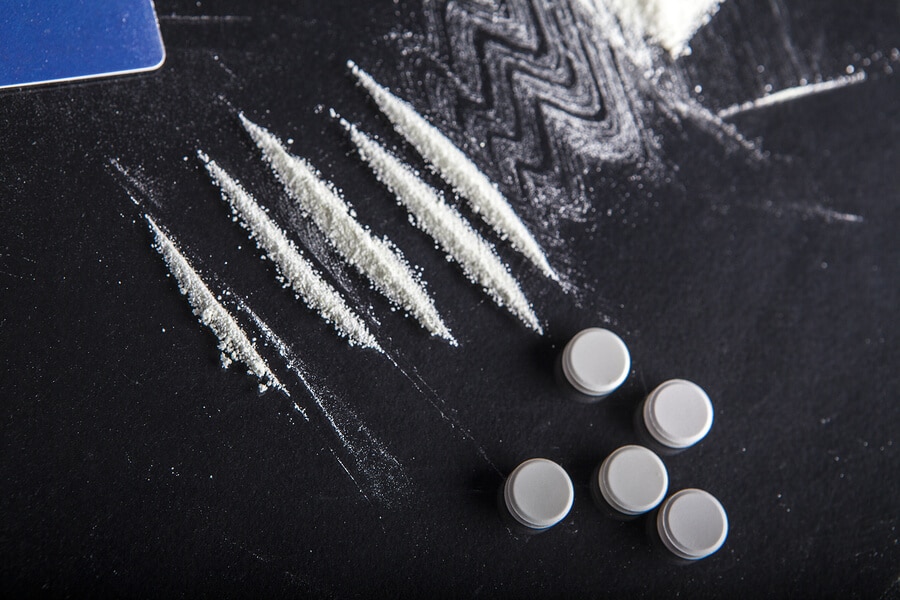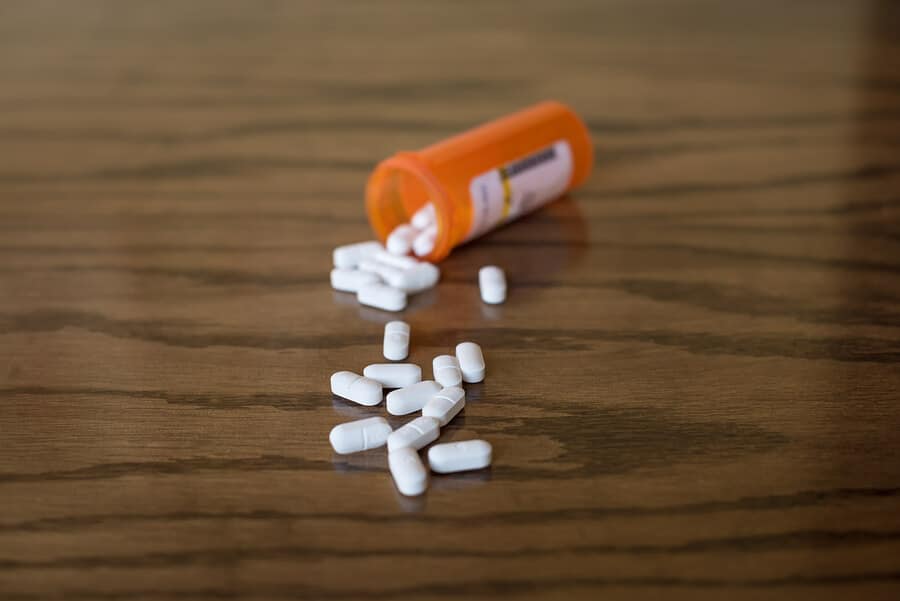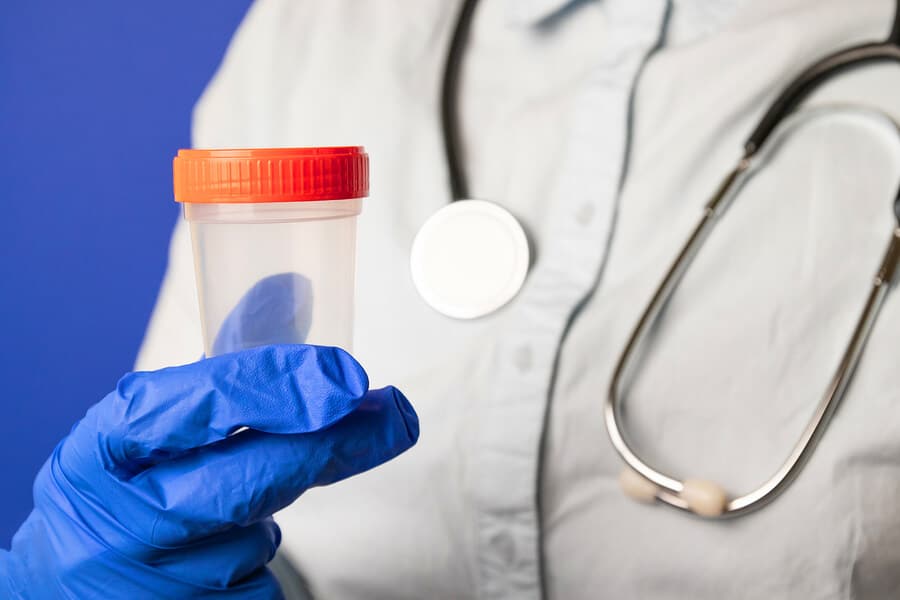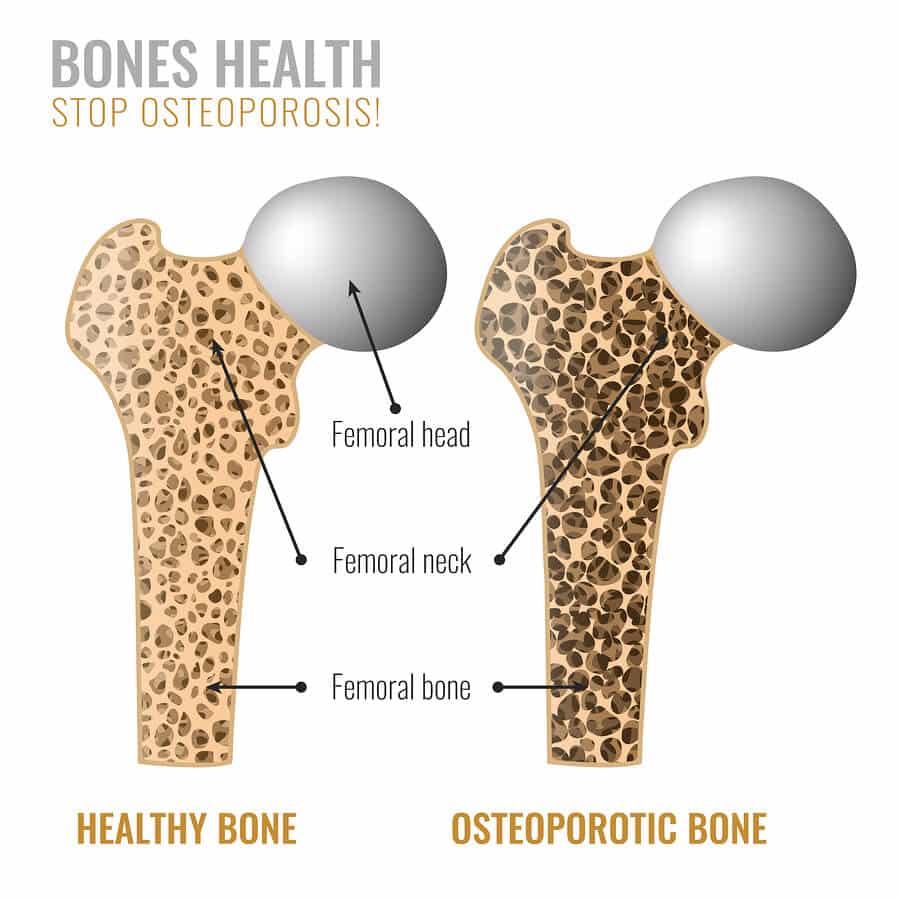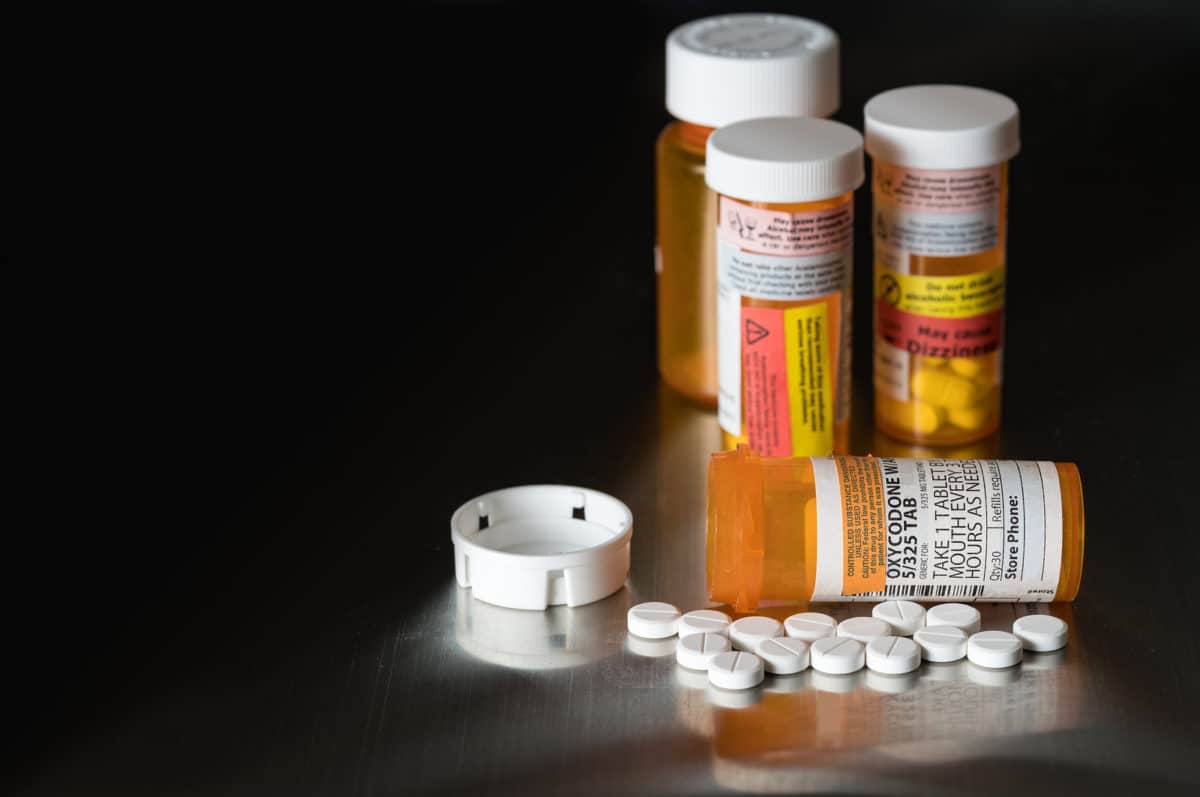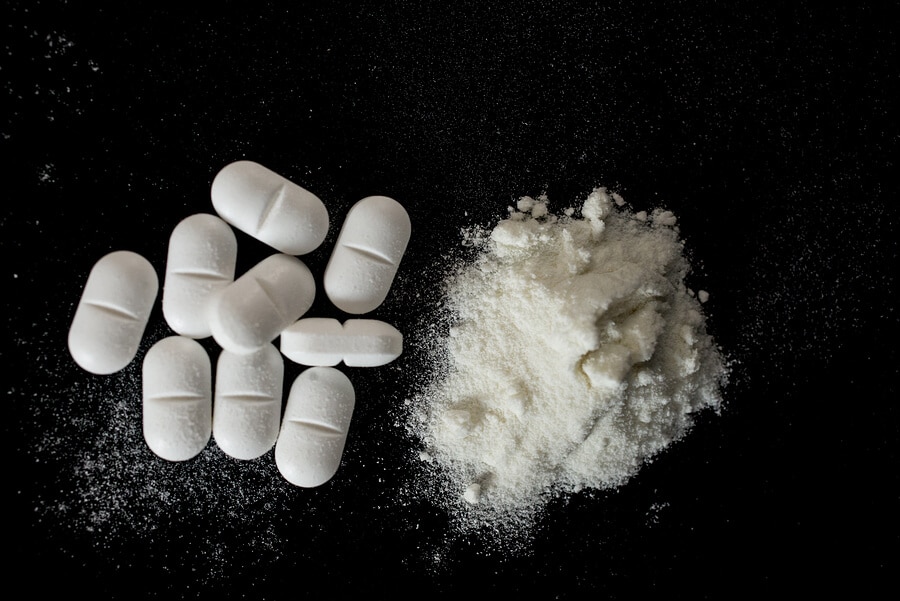
Xanax and cocaine (coke) are two drugs that are commonly abused, and they may be even more dangerous when used in conjunction. Despite the dangers, the practice of mixing “downers,” such as Xanax, with “uppers,” such as coke, is relatively common among those with substance use disorders.
The purpose of this article is to detail the health risks associated with using Xanax and coke to counteract the adverse side effects of each other.
What Is Cocaine?
Cocaine is a potent, highly addictive stimulant that is available in both powdered or crack rock varieties. It is often combined with less expensive and easily accessible but non-psychoactive ingredients, such as flour and talcum powder, in order to maximize profits. It may also be combined with other unpredictable and potentially lethal drugs, such as opioids (e.g., fentanyl) or amphetamines, which compound its potential for addiction and significantly raises the risk of overdose.
Side Effects of Cocaine Use
Cocaine use results in abnormally elevated dopamine levels and a brief but intense high. The feeling of euphoria and energy this surge of dopamine induces alters the brain’s reward center and is often found to be highly desirable to those who repeatedly use cocaine. This effect, however, can permanently change brain chemistry and lead to the development of tolerance, dependence, and addiction.
Side effects of cocaine use may include the following:
- Increased body temperature
- Drug cravings
- Insomnia
- Agitation
- Paranoia
- Psychosis
- Lowered inhibitions
- Constricted blood vessels
- Hypersensitivity to light and sound
- Excessive energy or mania
What Is Xanax?
Xanax (alprazolam) is a fast-acting benzodiazepine (benzo). It is commonly used to treat anxiety, panic disorders, and sometimes seizures. This drug is a highly addictive sedative and central nervous system (CNS) depressant, however, and is associated with several adverse physical and psychological effects.
For this reason, Xanax is intended for short-term use only and should be used for a maximum of six weeks in most cases. Xanax is a popular product of drug diversion and considered a premium substance of abuse for people who suffer from severe anxiety or are attempting to self-medicate in some way.
Side Effects of Xanax Use

Although Xanax is initially effective at relieving anxiety and other issues, excessive or extended Xanax use manipulates brain chemistry. Xanax artificially boosts the production of the neurotransmitter GABA, a brain neurochemical that decreases the activity of nerves that lead to emotionally charged conditions.
Side effects of Xanax use may also include the following:
- Dry mouth
- Stomach pains
- Nausea and vomiting
- Drowsiness
- Headaches
- Sleep problems
- Dizziness
- Impaired memory
- Impaired coordination
- Blurry vision
- Slurred speech
- Increased sweating
- Impaired concentration
- Irritability
- Depression
- Suicidal ideations
Benzos can also lower inhibitions, not unlike alcohol, and this effect can lead to reckless driving or unsafe sexual activities.
The Cumulative Side Effects of Combining Xanax and Coke
Combining a powerful stimulant with a sedative is not wise unless it is used as directed by a physician. While a doctor may occasionally prescribe a stimulant, such as Adderall, for ADHD alongside Xanax, cocaine is most often found as an illegal substance that is not regulated. In addition to perpetuating a greater propensity for polysubstance abuse, mixing Xanax and coke can also induce compounded effects, accelerating and intensifying dangerous complications.
Once chemistry in the brain has been altered as a result of frequent or long-term abuse, serious social, medical, and professional consequences are likely to follow. Chronic users may find themselves increasing the use of one or both drugs, and, eventually, it will become too late to return to a healthy level of functioning.
Moreover, healthy brain function is required to achieve a balance between the neurotransmitters in the CNS. Unavoidably, long-term Xanax and coke use will upset this balance, as well as interrupt the entire neurochemical system.
The alteration of neurotransmitter levels is just one of the many effects caused by Xanax and coke use. Brain structures may also be harmed as a result. Damage to the prefrontal cortex is particularly devastating because it is responsible for executive functioning, which includes rational thinking and impulse control.
Persons who experience this problem face a diminished quality of life due to their lack of ability to make informed decisions or behave responsibly. Unfortunately, many former cocaine users will never fully regain their previous level of functioning.
Finally, using a stimulant with a depressant in excessive amount increases the risk of overdose. This form of drug use has a long and notorious history, and, unfortunately, many people have died from it. Abusing these substances together (known as a speedball) can be confusing to the body, and irregular heart rate or overdose are severe risks that users face.
Seeking Help for Drug Abuse and Addiction
The effects of Xanax and coke abuse can be profound and long-lasting. Those who abuse these substances should seek professional treatment as soon as possible.
Harmony Treatment and Wellness offers comprehensive programs that include evidence-based therapies and services vital to the recovery process. Our medical staff specialize in addiction treatment. We equip clients with all the tools they require to abstain from substance abuse, remain sober, and prevent relapse over the long term.
If you or someone you love is struggling with drug use or an addiction to Xanax or cocaine, please call us today to discuss treatment options and find out how we can facilitate your recovery!




